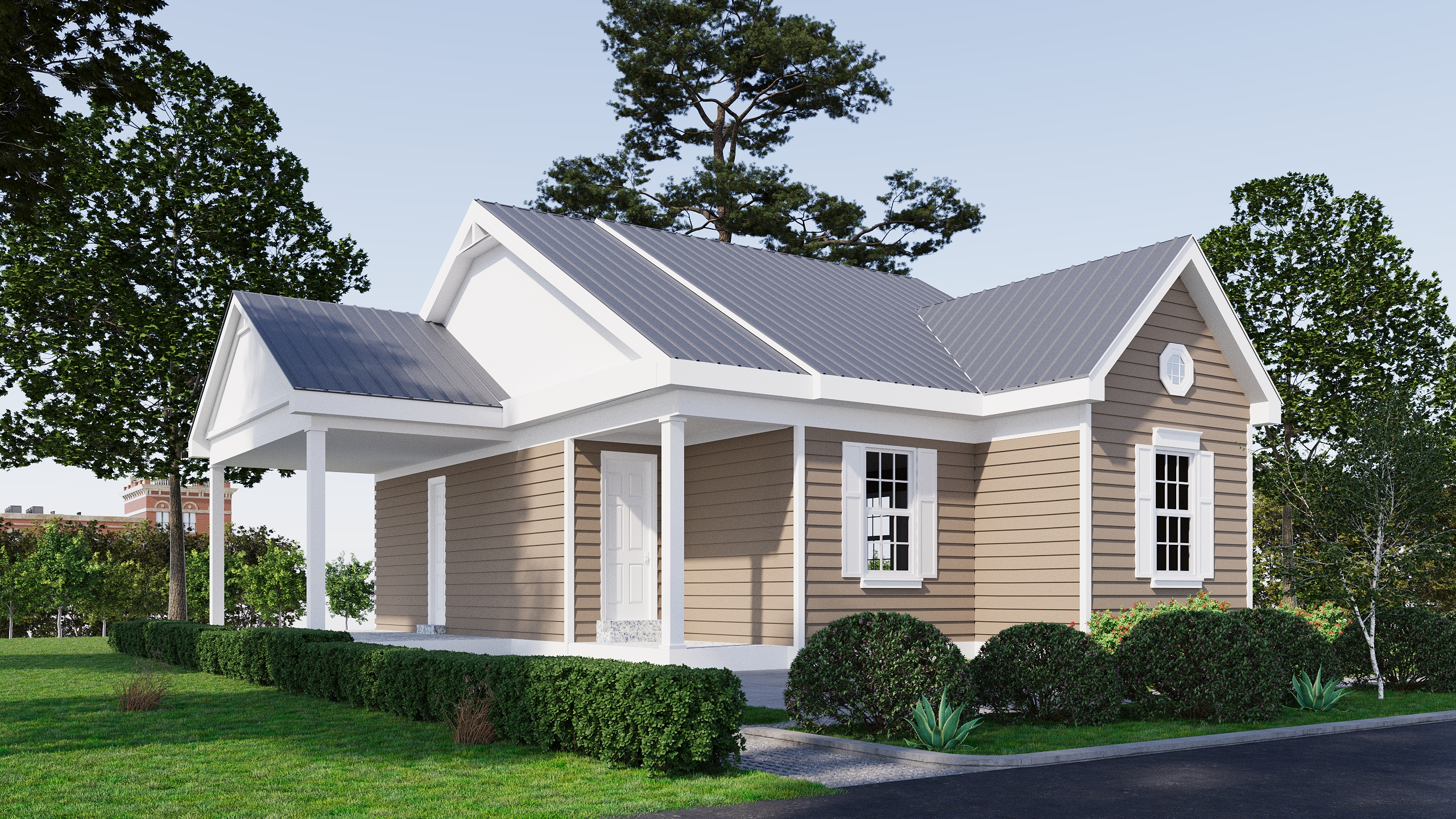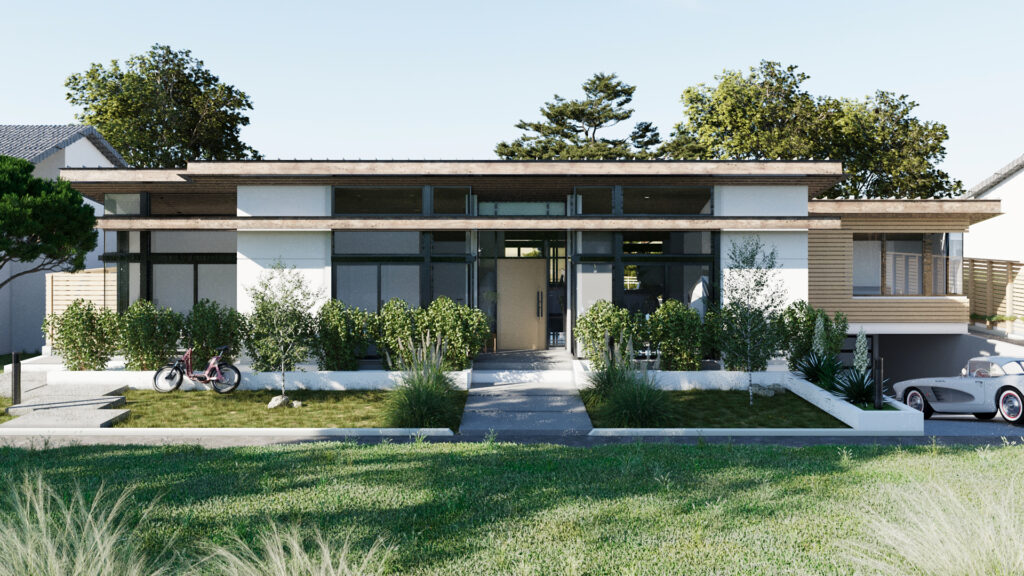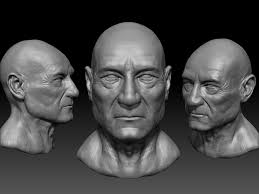
3D Modeling vs 3D Sculpting: What Are the Differences?
In the world of digital creation, 3D modeling and 3D sculpting are two fundamental techniques that artists and designers use to create detailed and realistic three-dimensional objects. Although they share a common goal, these methods differ significantly in their approaches, tools and applications. Understanding the differences between 3D modeling and 3D sculpting is essential for anyone interested in digital artistry, game design, animation, or any field that utilizes 3D graphics. This comprehensive guide will explore the key distinctions between these two techniques, their respective advantages, and their appropriate use cases.
1. Overview of 3D Modeling and 3D Sculpting
Definition of 3D Modeling
3D modeling is the process of creating a three-dimensional representation of an object using specialized software. This technique involves constructing a digital object by manipulating vertices, edges, and faces in a three-dimensional space.
Polygonal Modeling
Polygonal modeling is the most common form of 3D modeling, where objects are constructed using polygons, typically triangles or quadrilaterals. This method is widely used in industries such as video game design, architectural visualization, and product design.
NURBS Modeling
NURBS (Non-Uniform Rational B-Splines) modeling uses mathematical curves to create smooth surfaces. This technique is particularly useful for creating precise and complex shapes, such as those found in automotive and aerospace design.
Definition of 3D Sculpting
3D sculpting, on the other hand, is a technique that simulates the process of sculpting physical materials like clay or stone. Artists use specialized software to push, pull, smooth, and manipulate a digital mesh to create detailed and organic shapes.
Digital Sculpting Tools
Digital sculpting tools offer a variety of brushes and techniques that mimic traditional sculpting methods. These tools allow for the creation of intricate details, such as skin textures, folds, and muscle structures.
Dynamic Topology
Dynamic topology is a feature in sculpting software that adjusts the mesh density in real-time based on the level of detail required. This allows artists to add fine details without worrying about the initial topology of the mesh.
2. Key Differences Between 3D Modeling and 3D Sculpting
Workflow and Techniques
Constructive vs. Subtractive Approach
- 3D Modeling: In 3D modeling, the process is generally constructive. Artists build objects by adding and manipulating geometric shapes, such as vertices, edges, and faces.
- 3D Sculpting: Sculpting is a subtractive process, similar to traditional sculpting. Artists start with a basic shape or “block” and then carve out details by pushing, pulling, and smoothing the surface
Precision and Detail
3D Modeling: Modeling is well-suited for creating precise, hard-surface objects with well-defined edges and geometric accuracy. It is commonly used for architectural models, mechanical parts, and products.
3D Sculpting: Sculpting excels in creating organic shapes and intricate details, such as characters, creatures, and natural forms. The flexibility of sculpting tools allows for a high level of detail and realism.
B. Tools and Software
Modeling Software
- Popular Tools: Autodesk Maya, Blender, 3ds Max, and Cinema 4D are some of the most commonly used software for 3D modeling. These tools offer a wide range of features for creating and editing 3D models.
- Specialized Features: Modeling software typically includes tools for polygonal modeling, NURBS, spline-based modeling, and procedural generation.
Sculpting Software
- Popular Tools: ZBrush, Mudbox, Blender (with its sculpting features), and 3D-Coat are popular choices for digital sculpting. These programs provide a range of brushes and sculpting tools to achieve high levels of detail.
Dynamic Topology: Features like dynamic topology in ZBrush and Blender allow artists to work with a mesh that automatically adjusts its density based on the sculpting detail, providing greater flexibility.
C. Applications and Use Cases
Industry Applications
- 3D Modeling: Used extensively in architectural visualization, product design, automotive and aerospace industries, and video game asset creation.
- 3D Sculpting: Primarily used in character design, creature creation, visual effects, and any field requiring high-detail organic models.
Project Types
- 3D Modeling: Ideal for projects requiring geometric precision, such as buildings, vehicles, furniture, and machinery.
3D Sculpting: Best suited for projects needing detailed organic forms, like characters, animals, and natural elements.
3. Advantages and Challenges
A. Advantages of 3D Modeling
Precision and Control
3D modeling offers precise control over geometric shapes, making it ideal for creating objects that require exact measurements and well-defined edges.
Efficiency in Production
Modeling can be more efficient for creating large-scale projects, especially when working with modular or repeatable elements. It allows for easy adjustments and modifications.
B. Challenges of 3D Modeling
Limited Organic Detail
Modeling can be challenging when it comes to creating highly detailed organic forms. Achieving the same level of detail as sculpting often requires a significant amount of time and effort.
Learning Curve
The learning curve for 3D modeling software can be steep, particularly for beginners. Mastering the various tools and techniques requires dedication and practice.
C. Advantages of 3D Sculpting
High Level of Detail
Sculpting allows for the creation of intricate details and organic shapes that are difficult to achieve with traditional modeling techniques. This makes it ideal for character and creature design.
Artistic Freedom
Sculpting provides a more intuitive and artistic approach to creating 3D models. Artists can work more freely and creatively, similar to traditional sculpting.
D. Challenges of 3D Sculpting
Topology Management
Managing topology can be challenging in sculpting, especially when creating a high-density mesh. Ensuring clean and efficient topology often requires retopology processes.
Resource Intensive
Sculpting can be resource-intensive, requiring powerful hardware to handle high-polygon meshes and complex calculations.
4. Integration and Workflow
A. Combining Modeling and Sculpting
In many projects, combining 3D modeling and sculpting techniques can yield the best results. Artists often start with a base model created through modeling and then refine and add details using sculpting tools.
Base Mesh Creation
Create a base mesh using modeling techniques to establish the basic structure and proportions of the object.
Detailing with Sculpting
Import the base mesh into sculpting software to add intricate details, textures, and organic shapes.
B. Retopology and Optimization
Retopology is the process of creating a new, optimized mesh with clean topology based on the detailed sculpt. This step is essential for preparing models for animation, game engines, and efficient rendering.
Use retopology tools available in software like ZBrush, Blender, and 3D-Coat to create an optimized mesh with clean edge flow.
Baking Details
Bake high-resolution details from the sculpt onto the retopologized mesh using normal maps, displacement maps, and other texture maps.
5. Choosing the Right Technique
A. Project Requirements and Goals
The choice between 3D modeling and 3D sculpting depends on the specific requirements and goals of the project.
Geometric Precision vs. Organic Detail
Consider whether the project requires geometric precision or intricate organic detail. Modeling is ideal for precise, hard-surface objects, while sculpting excels in creating detailed, organic forms.
Time and Resources
Evaluate the time and resources available for the project. Modeling may be more efficient for projects with tight deadlines, while sculpting requires more time for detailing and optimization.
Personal Skills and Preferences
Your personal skills and preferences as an artist also play a significant role in choosing between modeling and sculpting.
Technical vs. Artistic Approach
Modeling tends to be more technical, requiring precision and control over geometry. Sculpting offers a more artistic and intuitive approach, allowing for greater creative freedom.
Learning Curve and Expertise
Consider your expertise and comfort level with each technique. If you are more experienced in one area, leveraging that expertise can lead to better and faster results.

Conclusion
Both 3D modeling and 3D sculpting are powerful techniques in the digital artist’s toolkit, each with its own unique strengths and challenges. By understanding the differences between these methods, you can choose the most appropriate approach for your project, whether it requires geometric precision or detailed organic forms. Combining both techniques can often provide the best of both worlds, allowing for the creation of complex and highly detailed 3D models. As you continue to develop your skills and explore new tools and workflows, you will be able to leverage both 3D modeling and 3D sculpting to achieve your creative vision.



